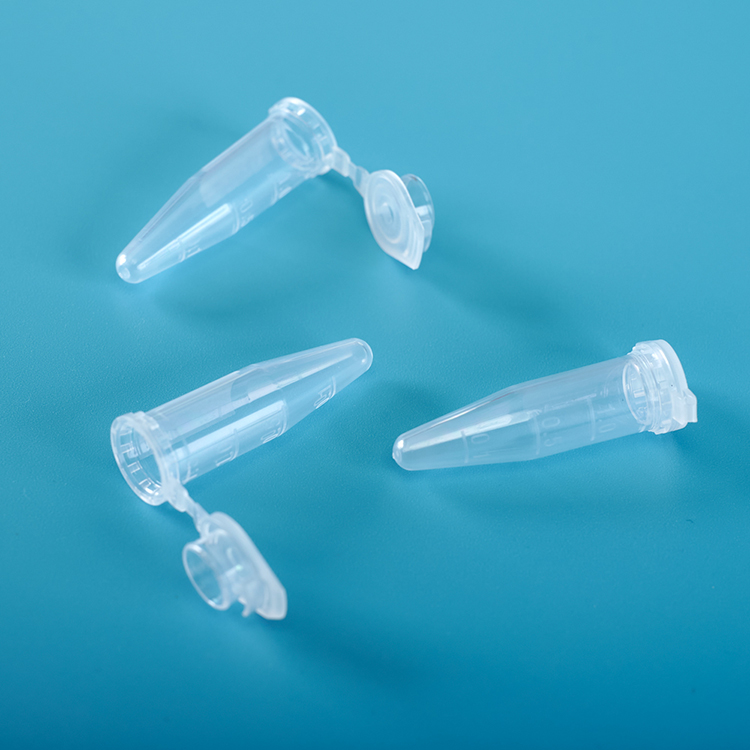Rushing and fertilizing is also called water-flooding. It is a kind of topdressing method, which is a method of fertilizing solid quick-acting fertilizer in water and using water to fertilize. Fluctuating fertilization usually uses water-soluble fertilizers, mainly nitrogen and potassium fertilizers. Nitrogen and potassium fertilizers have strong water solubility. By combining fertilizer and water, soluble nitrogen and potassium are infiltrated into the soil and absorbed by crop roots.
Rushing fertilizer is widely used in greenhouses and open vegetables, mainly used in the period of strong vegetable growth, such as the fruiting period of vegetable vegetables, the picking period of Chinese cabbage after harvesting fruits and fruits. Because of the quick effect of flushing fertilizer, the general fertilizer will be effective two days after the application. Therefore, it has been adopted by many vegetable farmers in recent years.
The purpose of fertilization is not only to produce high yields of crops, but also to pay attention to comprehensive benefits. To this end, it is necessary to master the technical essentials of fertilization. First, choose the type of fertilizer that is fertilized. Only water-soluble fertilizers can be applied with water. Nitrogen fertilizers are commonly used in urea, ammonia, ammonium sulfate and ammonium nitrate; potassium fertilizers are commonly used potassium chloride and potassium sulfate, and potassium nitrate can also be used. Phosphate fertilizer, even water-soluble ammonium dihydrogen phosphate and diammonium phosphate, should not be applied. The reason is that the phosphate fertilizer has poor mobility after being dissolved, and it is easy to be fixed and cannot penetrate into the root layer with water. Therefore, it is best to apply the phosphate fertilizer in the soil layer in order to improve its utilization. The nutrient content of a single application of fertilization must be standardized. In the high-yield cultivation of vegetables, the amount of pure nitrogen per mu should be controlled at 2 to 4 kg per acre, especially the nitrate nitrogen should be controlled at 2 to 3 kg per acre, a limited number of times. The amount of potassium (potassium oxide) is generally 2 to 4 kg per acre. Otherwise, the waste and loss of nutrients are large, which not only reduces the fertilizer utilization rate, but also may cause pollution to water quality.
In the control of irrigation amount, it is necessary to prevent flooding when flooding; when the canal is filled, the depth of the ditch is adapted to the amount of water to prevent the nutrients dissolved in the water from being lost with water.
In addition, granular compound fertilizer, solid organic fertilizer, microbial preparation or fertilizer should not be applied.
Total 1 | <First <Prev 1 Next> Last> |
share to:
Centrifuge tubes are used in laboratory centrifuges, machines that spin samples in order to separate solids out of liquid chemical solutions. The centrifuge tubes can be made of glass or plastic, and resemble miniature test tubes with tapered tips. They are mainly used in series test like the centrifuge of nucleic acid

50 ml Centrifuge Tubes,15 ml Centrifuge Tubes,5ml Centrifuge Tubes,Centrifuge Tube Holder,Micro centrifuge Tubes
Yong Yue Medical Technology(Kunshan) Co.,Ltd , https://www.yypcr.com